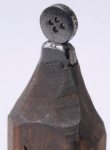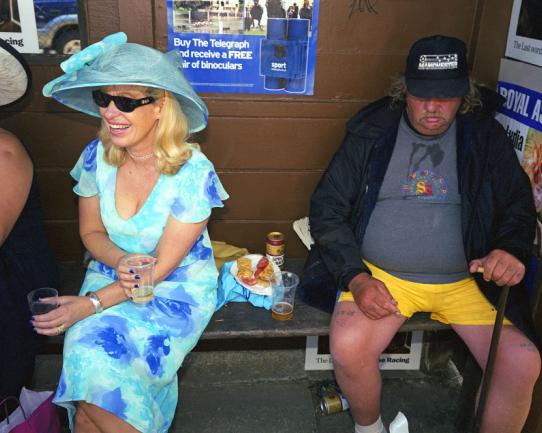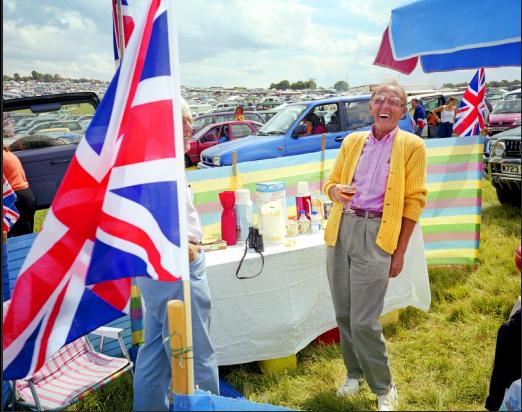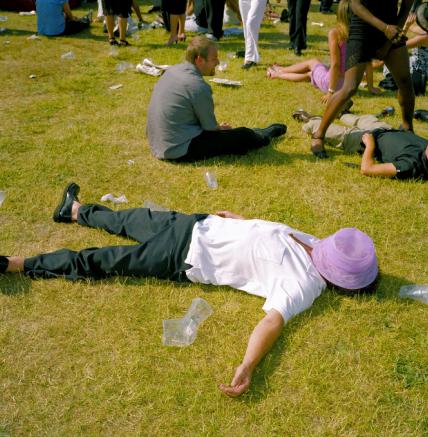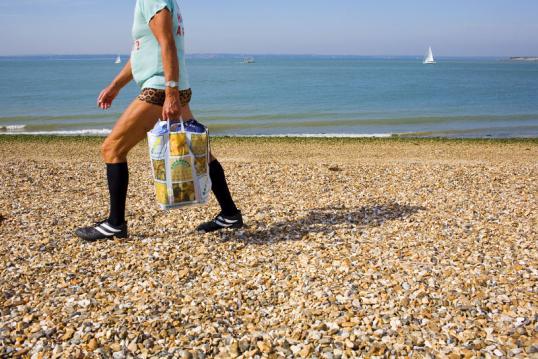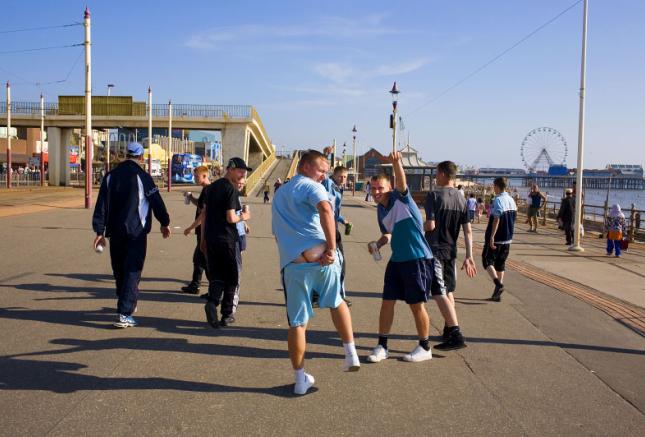Quite recently a friend of the family lost his father, when sorting through his fathers belongings he came accross a box full of old photography equipment and thought I may find some interest in them. When going through this box I came across a Kodak Brownie Model 1 along with a number of boxes of glass negatives.
It was the glass negatives that really grabbed my attention as the images captured on them were very interesting as they raged from simple snapshots of a woman playing with a dog to soldiers lined up.









These digital images of the glass negative do not do them justice. I think another reason I find these images so interesting to look at, is because I do not know the name or anything about the person who took them and why. They are completely anonymous.
Seeing these also made me wonder how the process was invented and how and when it was used. I plan on researching this topic soon as it interests me greatly.









